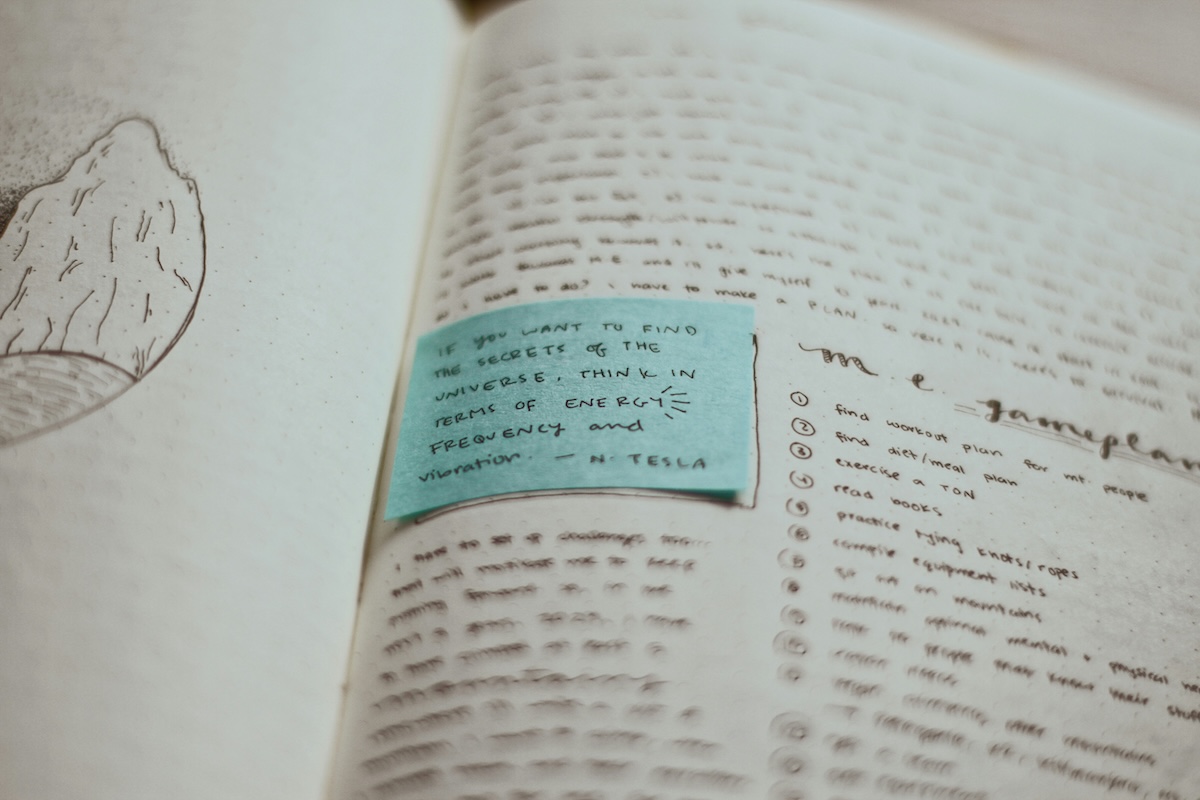Hard-Won Lessons from Years of Reading
Jared Henderson wrote an article about how he uses a reading journal to keep track of the books he reads. The article made me reflect on my own reading habits.
Henderson uses a physical notebook for his reading journal. What for me would be an inconvenience—like the notebook wearing out and having to copy its contents to a new one—for him are features or advantages:
The fact that I have to write it all out by hand is a feature, not a bug. As I revisit this notebook and write all the titles down again, I can see what I’ve read — and I can see how I’ve changed.
Even if I don’t call it a journal, I also keep track of the books I read. In my case, in an Excel file. Not my favorite format, but it’s convenient because it allows for sorting and querying.
Henderson includes in the journal the books he doesn’t finish. Leaving a book unfinished—dropping books—was something I started to do systematically not many years ago.
I try to read at least 25 pages a day of my “main” book. (I don’t count pages for fiction.) When starting a new book, I jot down the date in the list. I check the number of pages, divide by 25, and write down an estimate of when I should be finishing the book. When I finish the book, I write down the date and compare it with my estimate. This helps me with momentum and consistency.
For each non-fiction book, I open a note in Obsidian. I have evolved from summarizing and copying lots of quotes to trying to synthesize the author’s main points and writing down ideas or connections that emerge while I’m reading.
At some point, I also started including in my list books that I may want to read at some time in the future. I include a brief note of how I discovered the book, why it caught my attention, who recommended it, why I added it to the list… A digital antilibrary of sorts.
Every time I finish a book, I use the list of unread books to pick the next one. This has the advantage that I don’t end with a pile of unread books (or e-books). When I decide to read a specific title, I can buy the digital edition instantly.
Even with a list of potentially interesting books, deciding what to read next is hard. An important criteria is what questions do I want answered by reading the book. But I’m not a dedicated researcher with a narrow research field. My interests cover a wide range of topics. So coming up with what I want to learn has become a pre-requisite.
After compiling a short list of possible titles, I do some research on the books and authors. Sometimes I ask a couple of friends who read a lot if they know something about that title. Goodreads is a good resource, but instead of just browsing the reviews for a book, I check what specific people, whose criteria I trust, say about the book. (For example, Sebastian Gebski is always a great source both of interesting book titles and solid reviews.)
Through the years, I’ve come up with some rules when choosing the next book. Some come from bitter experiences and could have a list of book titles in parenthesis.
- Beware of books from influencers, productivity gurus, books that are just a recompilation of old blog posts1. Being on the top of the New York Times best seller’s list doesn’t mean the book is worth reading for you. The same applies to being on the short list of an Amazon category. Few people have the guts to criticize wildly popular books.
- Don’t start reading a book just because you heard about it on a podcast. Promoting books in podcasts, regardless of their quality, is a sadly adopted industry practice.
- Don’t forget the classics, and books that have stood the test of time.
- Check the book’s table of contents. There are many books that should have remained as a long post on a webpage, or as a TED Talk.
- Distinguish hard to read books because the topic is hard, and hard to read books because the author didn’t hire a good enough editor.
- Read the one-star and two-star reviews. Discard the ones that seem unfair, ad hominem, and look for those that come from domain experts.
- Stay away from authors that generalize from one successful experience. Stay away from authors that exemplify each idea with pages of personal anecdotes.
- Skim mercilessly through books with a low ratio of substance to anecdotes.
- If you’ve read 30% of a book and it doesn’t “click”, drop it.
- If you’ve already got the gist of the book, skim the rest.
This year I incorporated a new rule. Every time I finish a non-fiction book, I write down a review, even if it’s a few paragraphs, and post it on my blog. I also force myself to give the book a rating, justifying the rationale behind the number. I try to summarize my general impression, why I read the book, and what the reader of the review may consider reading the title or not.
The system is not perfect, and I’m always looking for improvements.
What is your experience? Do you keep track of what you read? How do you choose what to read next?
-
One thing is to write post as a way of structuring and testing content for a book, and another thing is to publish a book with a collection of your old posts. Few people can do this and produce a great book. So, if you are not Seth Godin or Paul Graham, please don’t do it. ↩
